The Continuous Influence of Tech on Art’s Evolution
The introduction of new technologies in the art world has often been met with scepticism and controversy, challenging traditional definitions of art and raising questions about authenticity, originality, and the role of the artist.
- Lithography (1796): Lithography was revolutionary for its ability to mass-produce images, but this very capability sparked controversy. Critics argued that it diluted the exclusivity and value of art, making it too accessible and undermining the artist’s individual touch and the uniqueness of each piece.
- Photography (1826): When photography first emerged, many in the art world dismissed it as a mere mechanical process devoid of the artist’s hand and creativity. It was seen as a form of documentation rather than a legitimate medium of artistic expression, accused of copying reality rather than interpreting it.
- Cinematography (Late 19th Century): The advent of film introduced a dynamic new form of storytelling, but its initial reception was mixed. Traditional artists and audiences questioned whether moving images could convey the depth and nuance of themes explored in painting or literature, labelling it as entertainment rather than true art.
- Synthetic Paints (Mid-19th to 20th Century): The introduction of synthetic pigments was initially met with resistance from purists who valued traditional, natural pigments for their authenticity. There were concerns that synthetic paints represented a departure from the skill and craftsmanship that defined the artist’s role, making art more about innovation than technique.
- Digital Art (Late 20th Century): Digital art faced scepticism for its departure from manual to digital processes, with critics questioning the lack of physical interaction with traditional materials. Some saw it as too easy or impersonal, arguing that the use of software and hardware removed the ‘soul’ and authenticity from the artwork.
- Internet Art (1990s): The ephemeral and decentralised nature of internet art led to debates about its legitimacy and permanence. Critics wondered if art that existed only online, often changing or interactive, could be considered as valuable or meaningful as physical artworks housed in museums and galleries.
- Augmented and Virtual Reality Art (21st Century): AR and VR technologies have pushed the boundaries of immersive experiences, but their reliance on high-tech gadgets has sparked debates about accessibility and the digital divide. Furthermore, the question of whether these virtual experiences can evoke the same emotional and aesthetic responses as traditional art forms has been a point of contention.
In each case, the controversies stem from a tension between tradition and innovation. These technologies were often viewed as unauthentic or unoriginal because they changed the artist’s direct engagement with their work, introduced mass reproducibility, or relied on machines and software, which seemed to distance the creator from the creation. However, as history has shown, each technology eventually found its place within the art world, enriching the tapestry of human creativity and expression. These debates underscore the evolving nature of art, reflecting society’s ongoing exploration of what it means to create and engage with art in all its forms.
AI Art in this Continuum.
AI art fits into this ongoing narrative as yet another technological innovation that artists are exploring to push the boundaries of creativity. Just as photography and digital art introduced new methodologies and sparked debates about authenticity and artistry, AI-generated art is prompting us to reconsider our definitions of creativity and originality. The technology behind AI art, capable of learning from vast datasets of existing art, parallels how artists have always drawn inspiration from their predecessors, albeit in a more advanced and algorithm-driven manner.
Rather than viewing AI as “stealing” from artists, it might be more insightful to see it as part of the art world’s continual evolution, where new tools and technologies provide fresh avenues for expression. Just as photographers, digital artists, and even the old masters navigated the delicate balance between inspiration and innovation, AI art challenges us to explore new creative landscapes, questioning and expanding the boundaries of what we consider art.
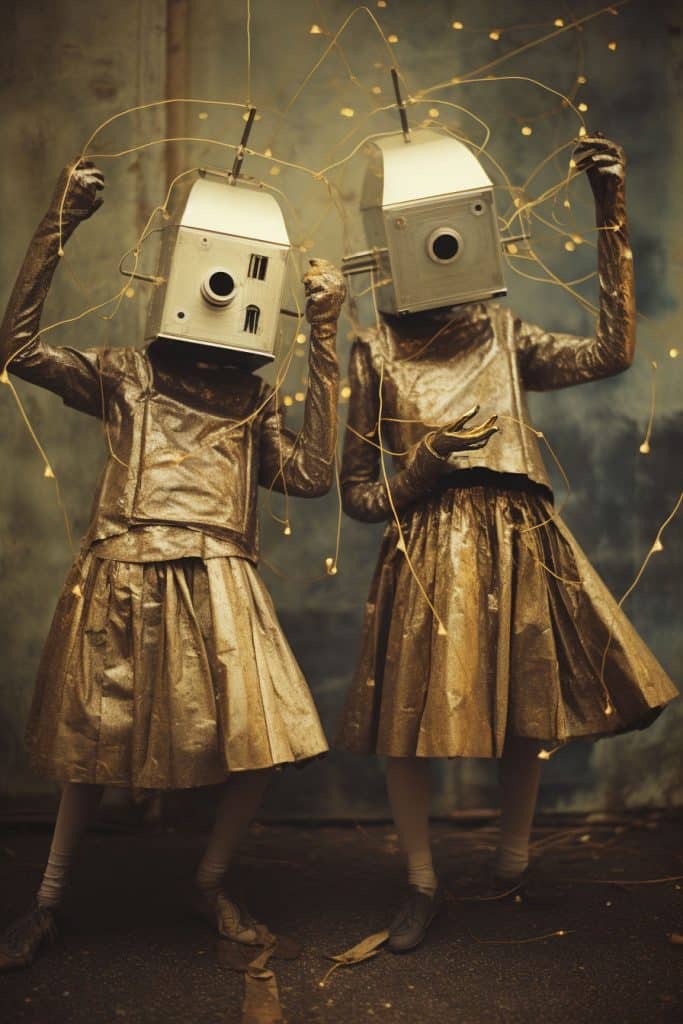



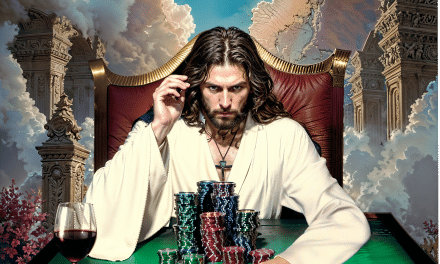
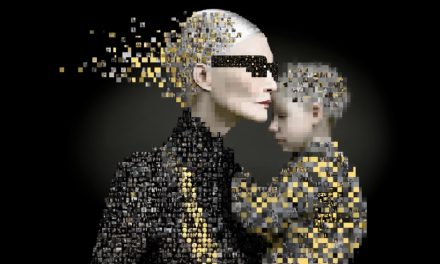

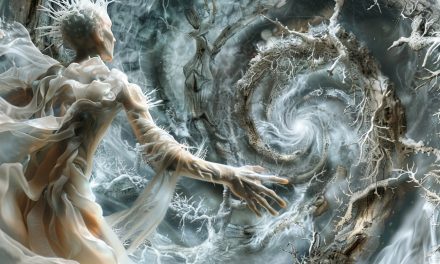
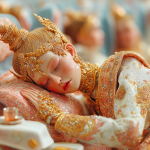
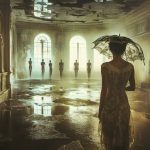
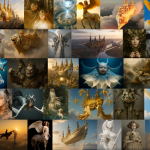
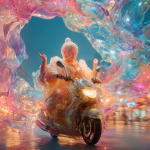






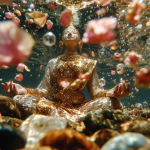
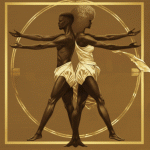

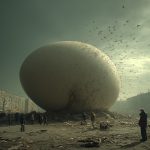

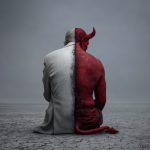



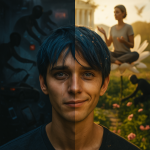
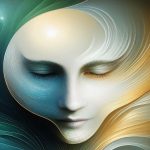

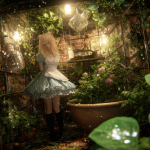
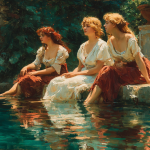
Comments